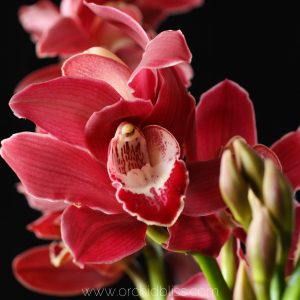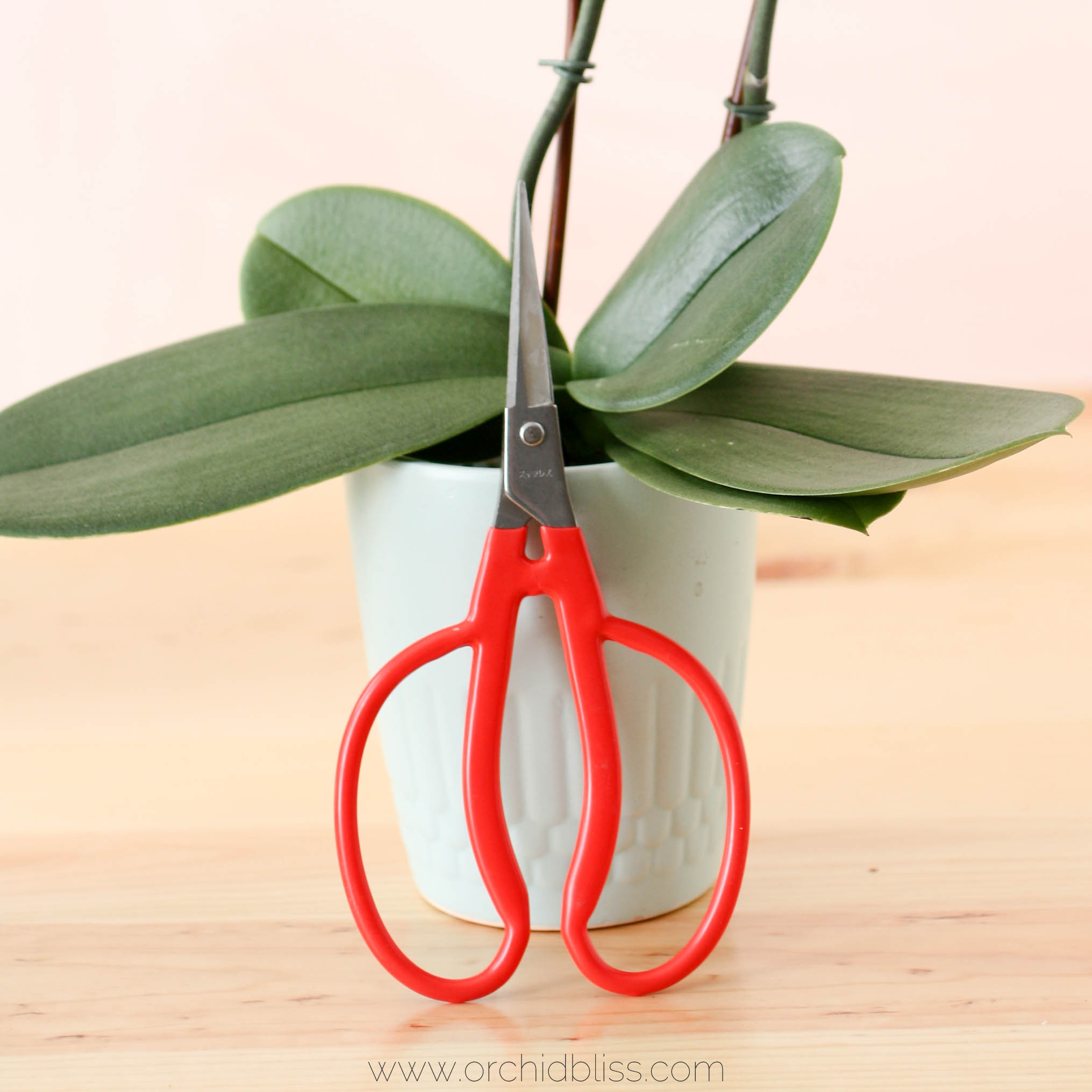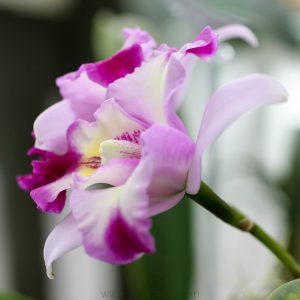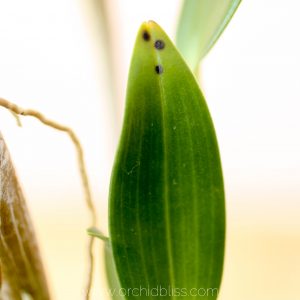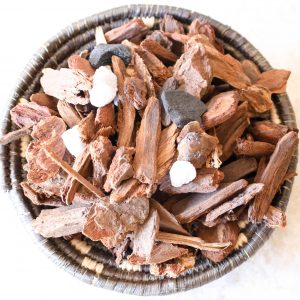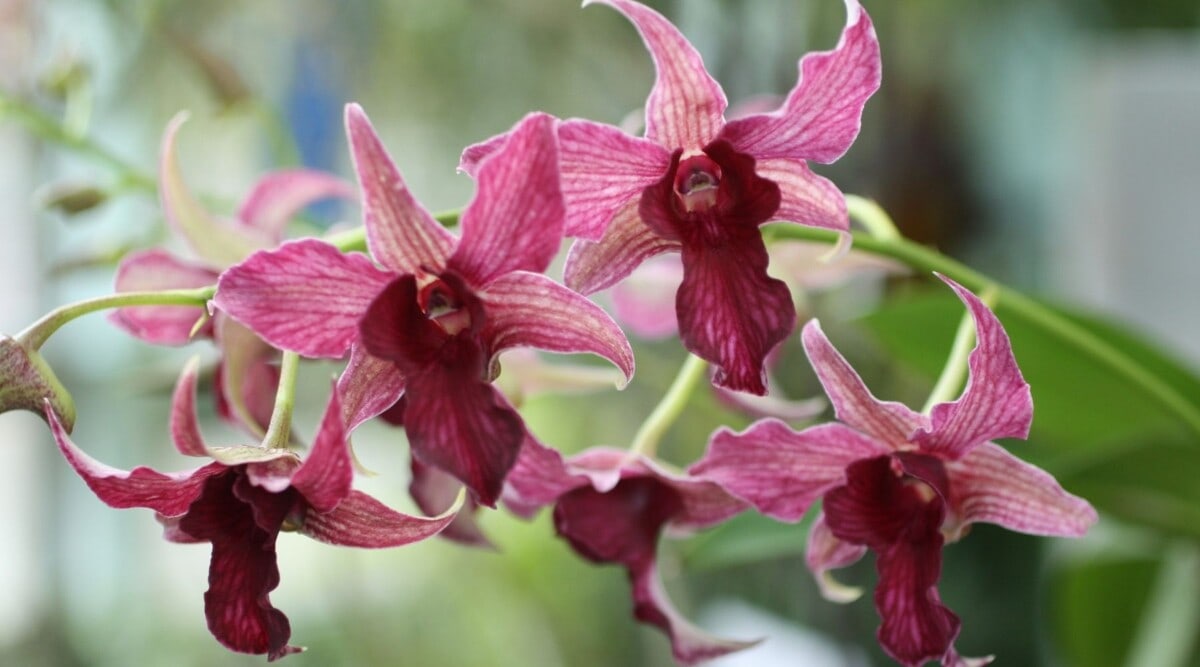
Will Orchids Grow New Stems? What You Need to Know
With their exceptional beauty and unusual forms, orchids are a great addition to your living space. But accidents sometimes happen, or beginners can make mistakes, and you sometimes find yourself wondering if you’ve killed an orchid because its stem came off or broke.
Orchids will grow new stems, fortunately. You can propagate a new Phalaenopsis or Vanda orchids from stem cuttings. Or you can divide a cattleya’s rhizomes. You can also expect a flower spike to grow back after cutting it down when its blooms die.
The long-lasting blooms, complete with the sweet fragrance they carry, can make a homeowner brim with pride when their orchids thrive. Here’s everything you should know about orchid stems and how they grow back when it gets broken.
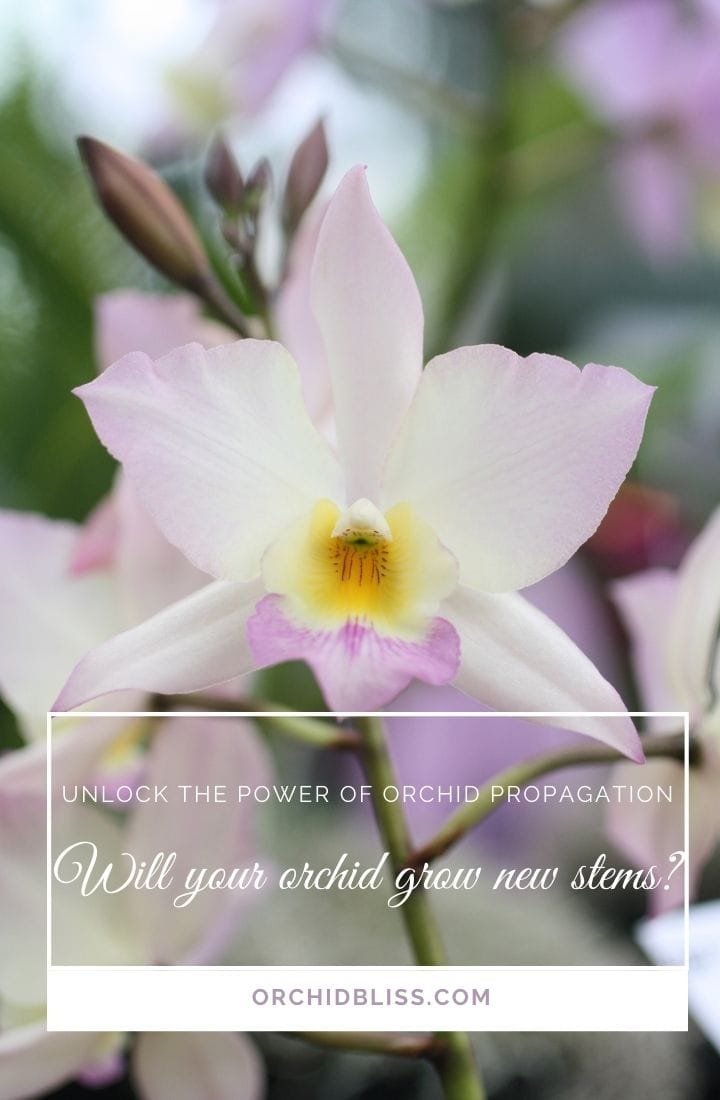
Do Orchids Grow New Stems?
When it comes to orchids, there can be confusion when it comes to what the stem is. Technically, there’s the stem itself where the foliage grows. There are two main types of orchids, depending on how they grow: monopodial and sympodial.
Monopodial Orchids
Monopodial orchids are those that have one root system and typically one stem. With these types of orchids, you only have one stem where the leaves and the flowers grow.
Over time, monopodial orchids will continuously grow taller, and the roots and flowers will grow out of the spaces between the leaves.
Vanda orchids are excellent examples of monopodial orchids. And yes, new ones do grow when you cut existing stems from monopodial orchids. It is one of the methods of propagating them, as shown in this video:
https://www.youtube.com/watch?v=eFjay-oE6c&ab_channel=AlexOrchidsandHouseplants
Sympodial Orchids
Rhizomes are stems that can grow roots, stems, flowers, and pseudobulbs. These rhizomes are not only limited to orchids but are found in grasses, ginger, asparagus, lily of the valley, irises, and cannas.
Rhizomes are a feature of sympodial orchids, a type of orchids that have many “feet.” The rhizomes on these orchids are thick and bulbous. It grows along the surface of the potting medium of the plant.
Vegetative Reproduction
Cutting the rhizomes to create new plants is a form of vegetative reproduction, a way for plants to reproduce asexually. You may even see the top part of the horizontal growing rhizomes. Rhizomes are where you find new shoots growing out, and these, in turn, grow their own roots.
Cutting the rhizomes is an excellent way to divide an existing plant and promote new growth, as shown in this video:
https://www.youtube.com/watch?v=COZrsiS1ueA&ab_channel=MissOrchidGirl
As such, cutting this stem will not only grow a new one but an entire orchid plant as well.
Flower Spikes
But for most people, when they talk about orchid stems, they are referring to flower spikes. Orchid spikes, or flower spikes, are the part of the plant where the buds and flowers grow. So what if you accidentally or even deliberately cut a flower spike? Does that mean that your orchids will not have buds or flowers forever? Of course not!
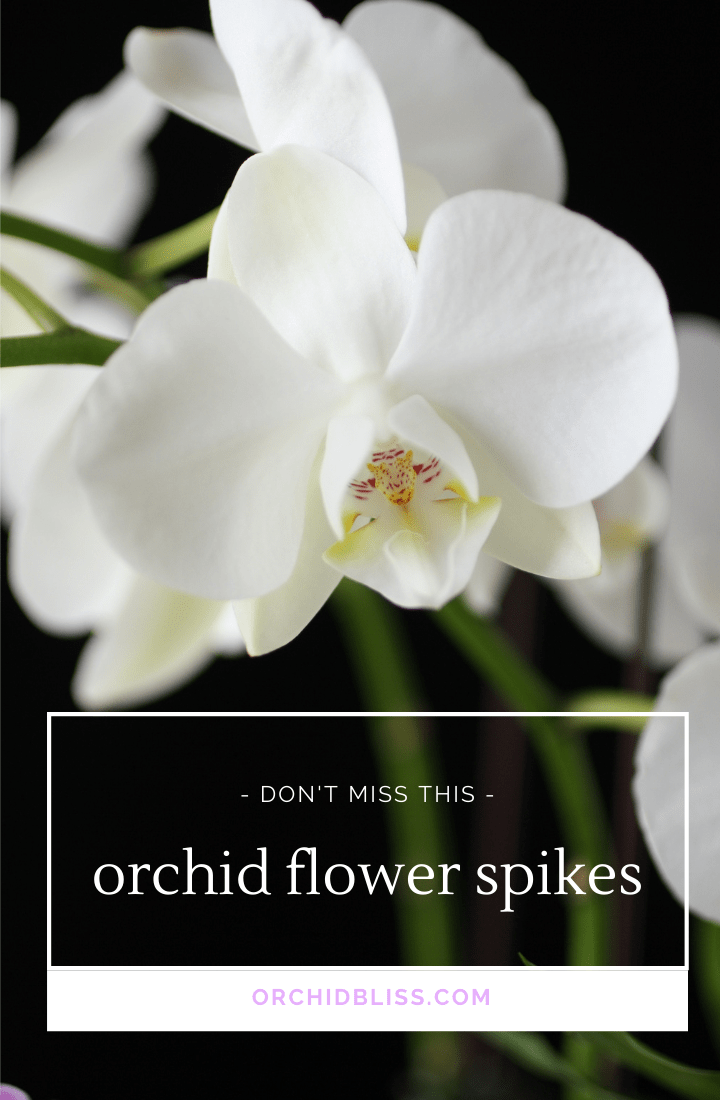
When flower spikes break, you can cut them right above the break. If you would like to save the flowers, you can put the disconnected spike in a vase that’s filled with water. Cutting the remaining flower spike right down to the base will encourage your orchid to have new growths because it will not spend energy on nourishing that broken flower spike.
Alternatively, if you don’t want to wait too long for your orchids to bloom and flower again, you can try cutting the spike and leaving the rest on the plant. Provided that their nodes are healthy, the orchids might bloom again. If the stem does die back, you will need to cut it from the base and wait for a new flower spike to grow.
Cutting Orchid’s Flower Spike
Orchid growers will advise you to cut down the flower spike if the flowers have faded back and wilted. Rather than keep a bald flower spike on your plant, you can cut it back and allow the orchid to devote its energy to growing a new flower spike, blooms, and flowers.
To discover more about orchid flower spikes, and where to cut them after your orchid has finished blooming, download my cheat sheet. Click here, for the cheat sheet. It’ll be super helpful.
When Should You Cut the Flower Spike?
The thing with orchids and their flower spikes is that one flower spike can mean that your plant will be blooming for several months and even up to a year, especially with a Phalaenopsis, where new blooms can appear even after flowers have opened.
You only cut a flower spike after the flowers have died, and no new growth appears on it. Another reason why you shouldn’t cut a flower spike is when a Keiki appears. The Keiki is the orchid’s baby, and it needs to be connected to the mother plant until its roots are formed.
At this point, the baby orchid may be transplanted with a new pot using an orchid potting mix.
Cutting the Flower Spike
So if there is no more growth on the flower spike, it’s time to cut it. The proper way to prune the spike is to cut just above the last node before the section where the flowers first appeared.
Use a sterilized scissor or blade to do this. You can wipe the blade down with alcohol or even clean it over an open flame. But if the flower spike dries out completely, you can cut it as close to its base as possible.
Another reason for cutting the entire flower spike is when your orchid is unhealthy and shows signs of distress. Cutting the flower spike will allow it to produce new roots and leaves rather than blooms.
This video will show you the different instances when you should or shouldn’t cut a flower spike and how to do it right:
How To Ensure That Your Orchid Will Grow a New Stem
Much of the reason why an orchid would grow new rhizomes or flower spikes is how healthy it is. To ensure that your orchid is healthy, you should follow the following proper care tips.
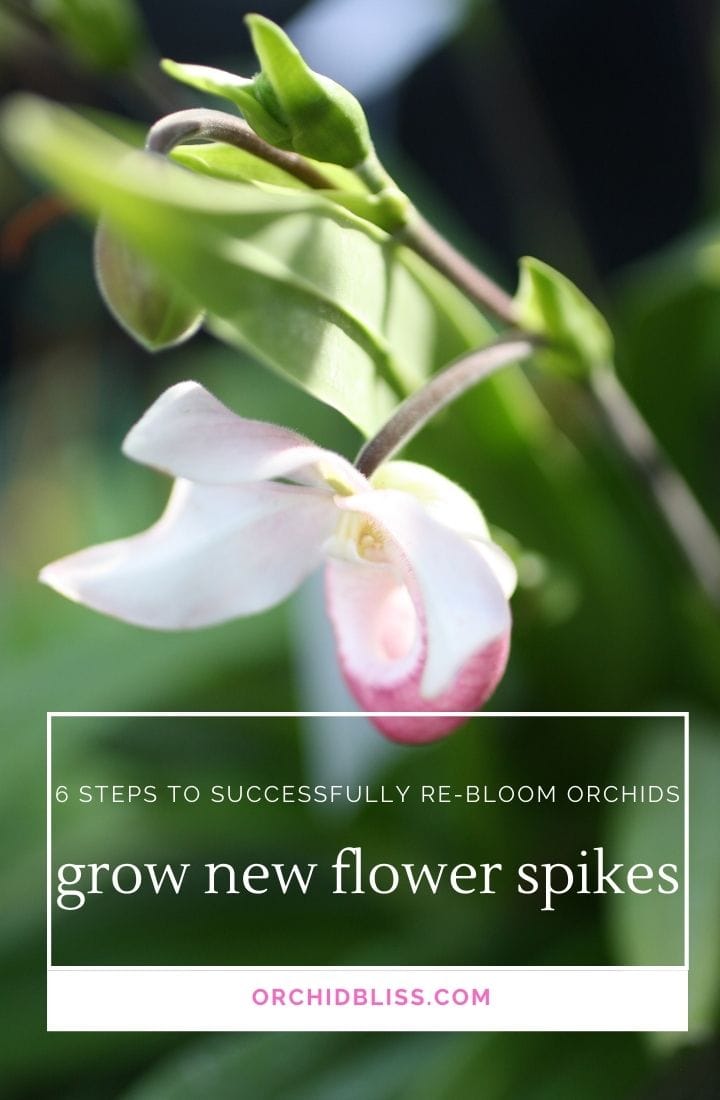
- Give it enough water, but you should allow it to dry out completely before the next watering. You must also be careful not to let your orchids stand in water. Orchids like tepid water: not too hot and not too cold.
- Make sure that it is in a room with around 50 to 70% humidity. Increase humidity around the house by misting your orchids with a fine spray of water, placing them and other plants close to each other, putting water and pebbles inside a container, and placing your orchids on top of the rocks without the roots getting submerged in the water, and use a humidifier.
- Fertilize your orchids weekly if there are new growths, then taper off as the plant matures. Don’t fertilize when your orchids are dormant.
- Ensure that your orchids are getting enough sunlight. It’s a common misconception that you should keep your orchids in dimly lit places. On the contrary, you should make sure that it gets around 12 hours of indirect sunlight every day. If you don’t get a lot of natural sunlight, you can always supplement with artificial light.
- Orchids like it warm. Temperatures of between 77 to 86 degrees Fahrenheit (25 to 30 degrees Celsius) are ideal for orchids.
- If you have to cut the rhizomes, stems, or flower spikes, use sterilized blade pruning shears. Your orchids can become infected or prone to diseases such as rot or insect infestations if you don’t. If your orchids do become infected, check out these treatments.
Conclusion
For as long as your orchid is healthy, you don’t have to worry if you accidentally knock it over and break its stem. The stem, rhizomes, and flower spikes of an orchid will be replaced by a new stem or even a new plant.
To help you further, start by downloading my free cheat sheet to see where to cut the orchid flower spike after blooms have faded to trigger re-blooming. Click here, for the cheat sheet. It’ll be super helpful.
Discover More About Growing Phalaenopsis Orchids
Related articles
How to Give Your Orchids the Right Light and Watch Them Bloom
Learn about natural sunlight and artificial lights, including fluorescent and LED lights, to grow orchids.
ReadGot a Sick Orchid? How to prevent, identify & treat orchid pests and disease
How to prevent, identify & treat orchid pests and diseases
ReadSources
- Just Add Ice: How Do Orchids Grow?
- Just Add Ice: To Rescue or Cut Broken Orchid Leaves and Stems
- Taisuco America: Glossary of Orchid Terms
- YouTube: How to cut a Phalaenopsis Orchid flower spike
- YouTube: How to promote new growth on orchids – getting multiple leads on Cattleya orchids
- YouTube: How to cut the stem of Vanda orchids

